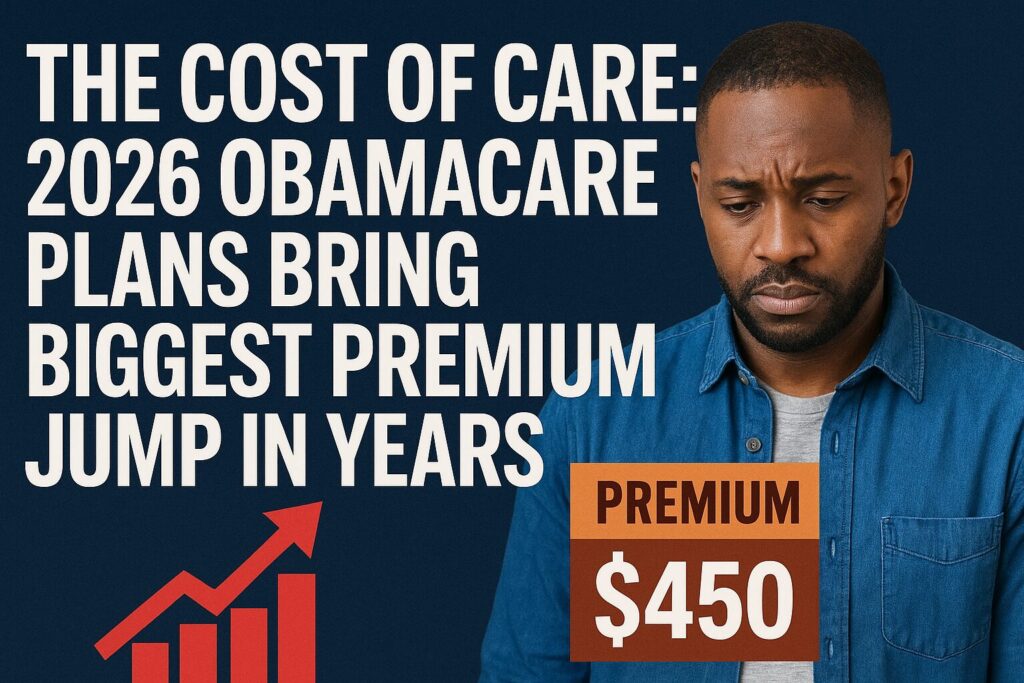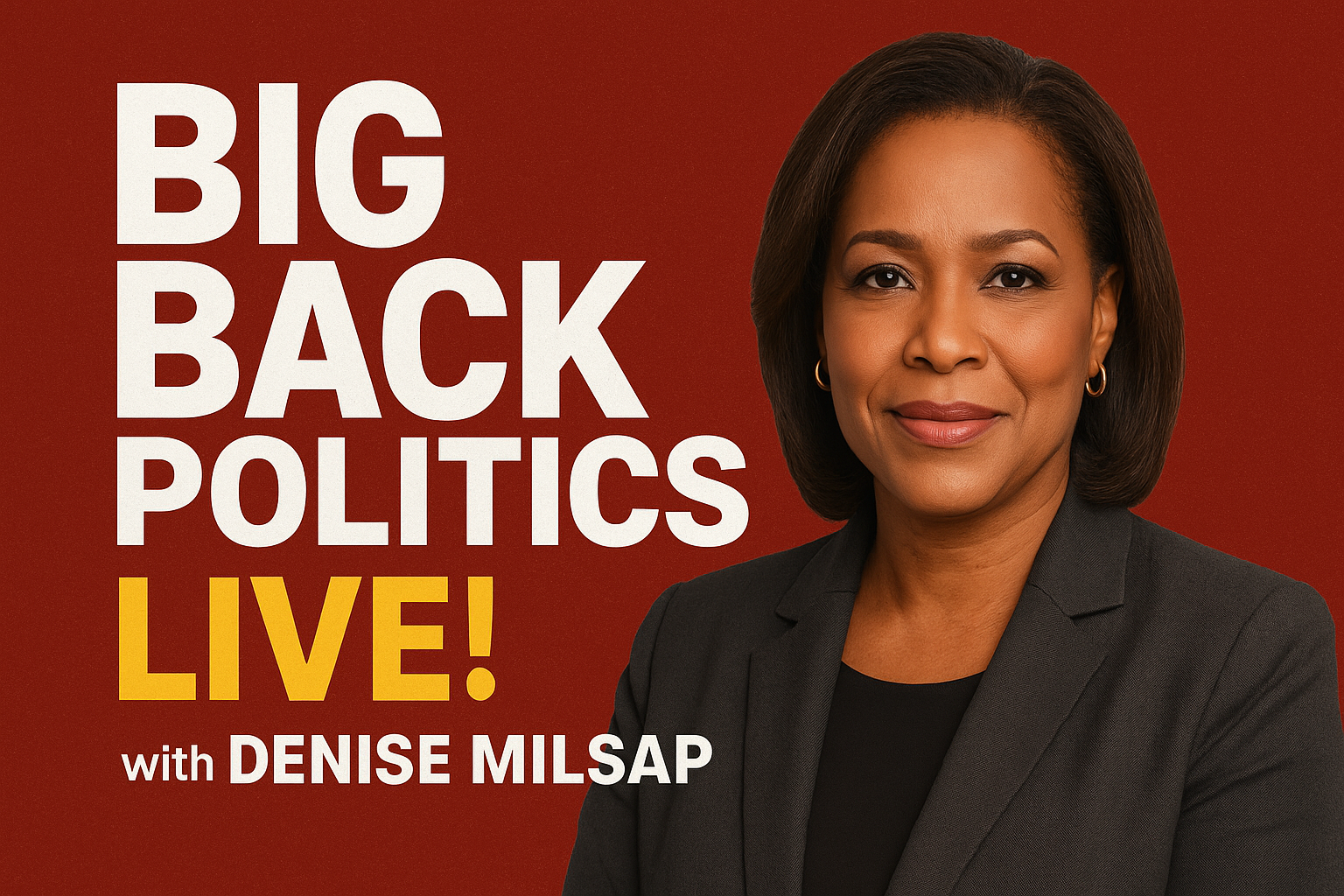Major Takeaways
Average ACA premiums are expected to rise by more than 25% nationwide in 2026, marking the sharpest increase in nearly a decade.
Expiring federal subsidies could further raise out-of-pocket costs for millions of Americans, especially middle-income families.
Experts urge consumers to review their options carefully during open enrollment to avoid major coverage or cost surprises.
Health Costs on the Rise: Obamacare Users Brace for 2026 Premium Spike
For millions of Americans who depend on the Affordable Care Act (ACA) for health insurance, the first look at 2026 prices is hitting like a gut punch. Marketplace premiums are set to jump across much of the country, and even with government subsidies, many working-class families will be paying more for less.
According to new federal data and analysis from the Kaiser Family Foundation, the average benchmark “silver” plan — the plan most commonly used to calculate subsidy amounts — will rise by about 26 percent nationwide for 2026. In states that use the federal HealthCare.gov platform, the increases could be closer to 30 percent. State-run exchanges may see smaller hikes, averaging around 17 percent.
The new prices mark the largest jump in ACA premiums in nearly a decade. For some families, that means an extra $100 or more each month just to keep the same coverage they had this year.
Why Premiums Are Rising
Experts say several factors are driving the increases. Health care costs in general are climbing again after a brief slowdown during the pandemic. Hospitals and doctors are charging more due to labor shortages, higher supply costs, and ongoing pressure from inflation. Prescription drug prices have also been rising faster than expected.
Insurance companies are passing much of those costs to consumers. “The math is simple — when the overall cost of care rises, insurance prices follow,” said Cynthia Cox, director of KFF’s Affordable Care Act program.
Another looming factor is the uncertainty around federal subsidies, which currently offset a large share of premiums for lower- and middle-income enrollees. Those “enhanced” subsidies, first expanded during the pandemic, are set to expire unless Congress acts to extend them.
If lawmakers don’t step in, millions of people could see their subsidies shrink or disappear altogether — leading to even sharper increases in out-of-pocket costs next year.
What This Means for Everyday Americans
For many, these numbers aren’t just statistics — they’re decisions about whether to keep coverage, switch to a cheaper plan, or go without insurance altogether.
A single parent earning around $40,000 a year may still qualify for help, but they’ll likely feel the pinch. A middle-income family of four earning $90,000 could face an even steeper hit if subsidies roll back.
In urban areas, where rents, groceries, and utilities are already taking a bigger bite out of household budgets, higher premiums could force families to cut back elsewhere. “I’m already stretching my paycheck to make everything work,” said Tina Williams, a 37-year-old retail worker in Atlanta who buys coverage through the ACA marketplace. “If my premium goes up another hundred bucks, I don’t know what I’ll do. But I can’t go without insurance either — I’ve got asthma and need my meds.”
Health policy analysts warn that younger and healthier enrollees may choose to drop coverage altogether if prices jump too high. That could further destabilize the insurance pool, driving costs even higher in the future — a cycle the ACA was designed to prevent.
Open Enrollment Starts November 1
Consumers will get their official chance to pick or change 2026 plans starting November 1, when the national open enrollment period begins. Most marketplaces will stay open through January 15.
Experts are urging enrollees to shop carefully this year. While it’s tempting to simply renew last year’s plan, switching to a different tier or company might save hundreds of dollars. Bronze plans often have lower monthly premiums but come with higher deductibles and copays. Gold or platinum plans cost more each month but can save money for people with frequent medical visits or chronic conditions.
The Department of Health and Human Services says it will step up outreach to help consumers understand their options, but local advocates worry that outreach may not reach those most in need.
The Bigger Picture
The ACA has provided coverage to roughly 45 million Americans — the highest number since the law passed in 2010. But the upcoming price surge underscores how fragile that progress can be when subsidies and affordability are in question.
If premiums rise sharply and federal help fades, uninsured rates could climb again, especially among working families and people of color who benefited most from the expanded coverage.
“Affordable coverage isn’t just a policy issue — it’s a community issue,” said Dr. Michael Anderson, a health equity researcher based in Chicago. “When families can’t afford care, they delay checkups, skip prescriptions, and end up sicker. That costs everyone in the long run.”
For now, enrollees are urged to log in to HealthCare.gov or their state marketplace, review their plan options, and watch for updates on subsidy extensions. With costs climbing and politics in flux, staying informed may be the best protection people have.














